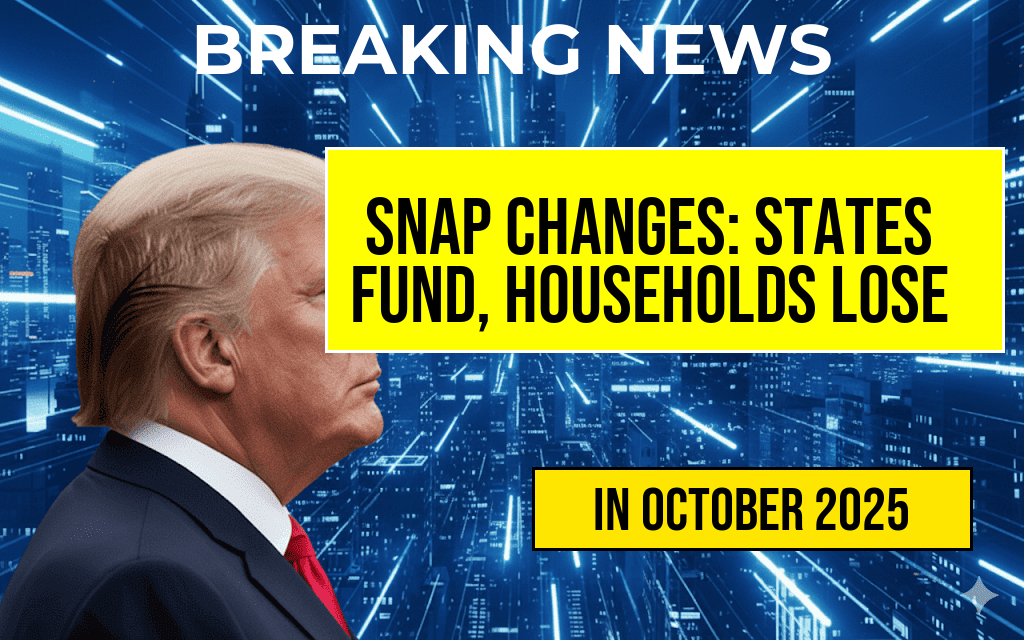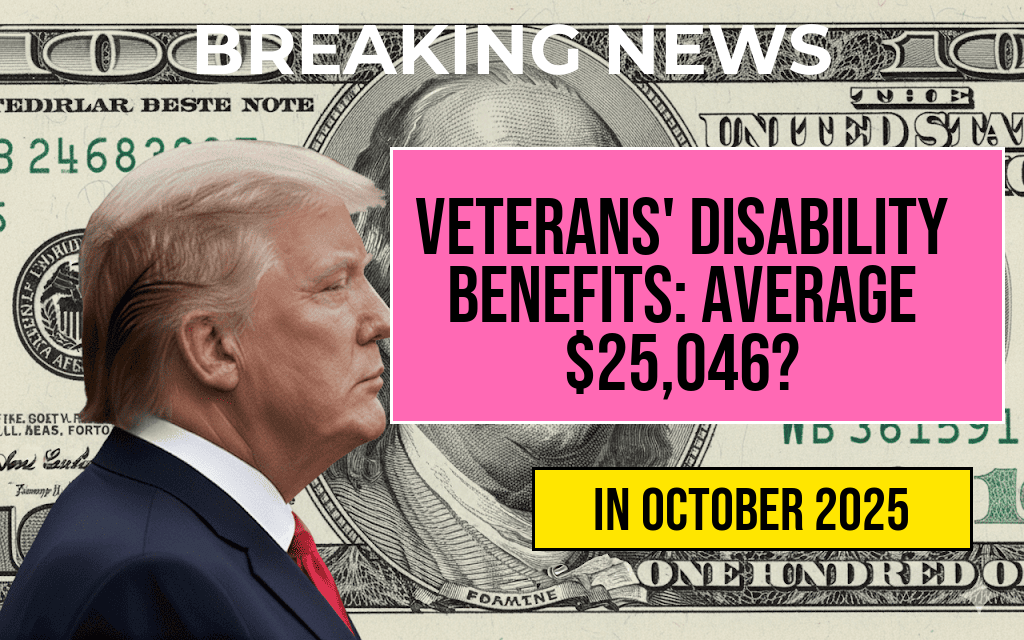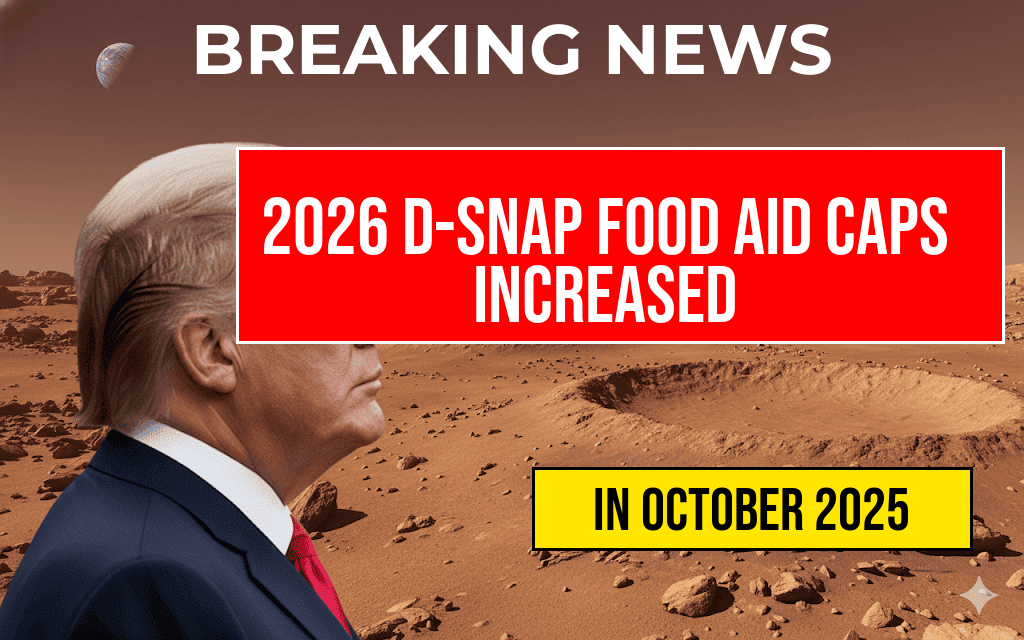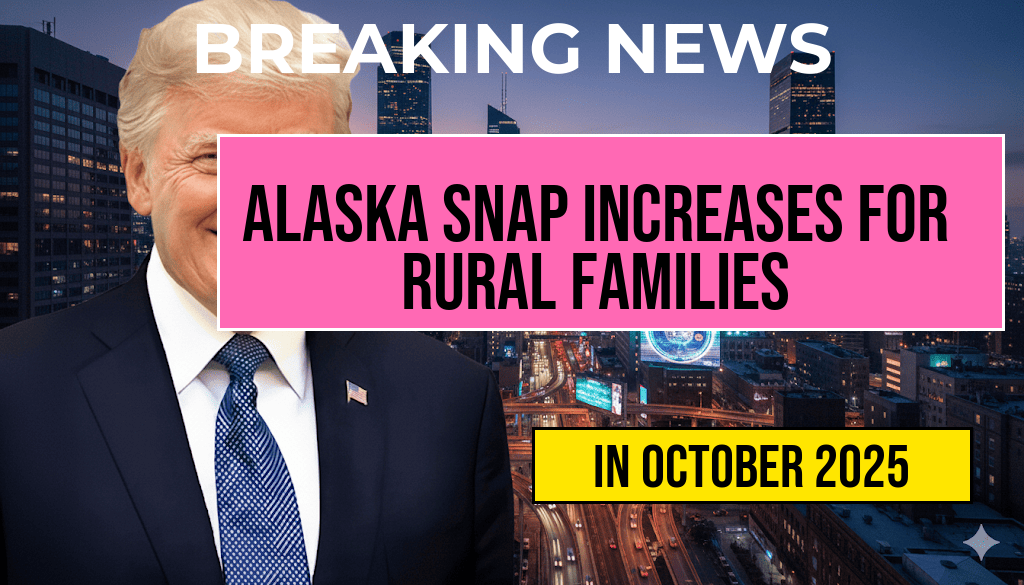Recent reforms to the Supplemental Nutrition Assistance Program (SNAP) have sparked significant concern among advocates and recipients alike, as states begin to implement measures requiring them to contribute their own funds to the federal program. This shift could result in an estimated loss of up to $30 billion for households over the next decade, raising alarms about the potential impact on food security for millions of Americans. The changes come as part of broader efforts to manage the program’s budget amid rising costs and increased participation rates. As states navigate these new requirements, the landscape of food assistance in the U.S. is poised for a substantial transformation.
Understanding the Changes to SNAP
The SNAP program, which provides nutrition assistance to eligible low-income individuals and families, is primarily funded by the federal government. However, recent legislation has prompted states to take on a more active role in funding the program. Beginning this year, states are mandated to contribute a certain percentage of their own budget to SNAP, a move that proponents argue will foster greater accountability but critics warn could lead to reduced benefits for those in need.
Why Are States Required to Contribute?
One of the main motivations behind this policy shift is the increasing financial strain on the federal government. With the rising cost of food and economic pressures caused by inflation, the SNAP program has seen a dramatic increase in enrollment. As of 2023, approximately 42 million Americans rely on SNAP benefits. The federal government aims to allocate resources more sustainably, which has led to the new requirement for state funding.
Potential Consequences for Households
Advocates for low-income families are particularly concerned about the implications of this funding shift. States may respond to the funding requirements by reducing benefits or tightening eligibility criteria, which could exacerbate food insecurity. A report from the U.S. Department of Agriculture indicates that states may face difficult choices as they balance their budgets while attempting to meet federally mandated contributions.
- Reduced Benefits: States may cut back on the amount of assistance provided, leading to fewer resources for families.
- Tightened Eligibility: Stricter income requirements could limit access for those who need help the most.
- Increased Administrative Burdens: States might face challenges in managing the new funding requirements efficiently.
Economic Impact on Food Security
The projected $30 billion loss over the next ten years is alarming, especially as food prices continue to rise. Households that rely on SNAP benefits are particularly vulnerable to economic fluctuations. According to a study by the Congressional Budget Office, the potential decrease in SNAP benefits could lead to a significant increase in hunger and related health issues among low-income populations.
State Responses to the New Funding Requirements
Responses from various states have varied widely. Some states have expressed commitment to maintaining current benefit levels despite the new funding requirements, while others are exploring measures to cut costs. For instance, states like California and New York have already proposed plans to allocate additional state funds to supplement federal contributions, aiming to shield vulnerable populations from the anticipated reductions in benefits.
| State | Response | Projected Impact on Benefits |
|---|---|---|
| California | Increased state funding | Maintain current benefit levels |
| Texas | Proposed cuts | Reduced benefits anticipated |
| New York | Supplemental funding plan | Stabilize benefits |
Looking Ahead: The Future of SNAP
As these changes take effect, the future of SNAP remains uncertain. The evolving landscape of food assistance will require close monitoring from both policymakers and advocates. Many stakeholders are urging the federal government to reconsider the implications of state funding requirements, emphasizing the need for a safety net that adequately supports low-income families. The ongoing dialogue around SNAP reform will undoubtedly shape the program for years to come.
For further information about SNAP and its impact, you can visit the USDA SNAP page and check out articles from Forbes on food assistance trends.
Frequently Asked Questions
What is the SNAP program and why are changes being made?
The Supplemental Nutrition Assistance Program (SNAP) provides financial assistance for purchasing food to low-income individuals and families. Changes are being made to allow states to contribute funds, potentially affecting the level of support provided to households.
How will state contributions impact SNAP benefits?
States contributing funds to SNAP may lead to adjustments in benefit levels. While some states could enhance benefits, others may face reductions, resulting in a potential loss of up to $30 billion for households over the next decade.
What does the potential $30 billion loss mean for households?
The potential $30 billion loss over a decade indicates that many households relying on SNAP could experience significant cuts to their food assistance, which may affect their ability to afford adequate nutrition.
Are there any state-specific impacts from these changes?
Yes, the impact of the changes will vary by state. Some states may choose to invest more in their SNAP programs, while others may reduce funding, leading to disparities in assistance levels across the country.
What can households do to prepare for changes to their SNAP benefits?
Households should stay informed about SNAP policy changes in their state, explore additional food assistance programs, and budget accordingly to mitigate potential reductions in their benefits.








